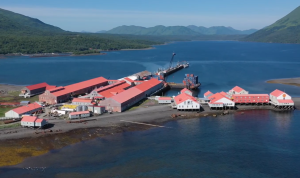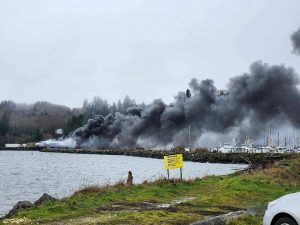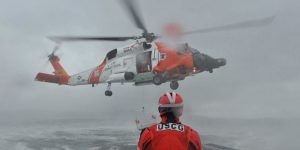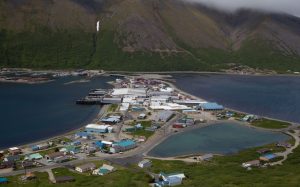Cooke Aquaculture Pacific Drops Appeal
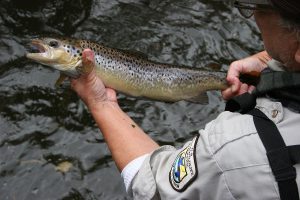 Cooke Aquaculture Pacific has decided to withdraw its appeal against the cancelation of its net pen leases at Rich Passage and Hope Island. The move was announced by Washington state’s Department of Natural Resources (DNR) on March 15th, 2024.
Cooke Aquaculture Pacific has decided to withdraw its appeal against the cancelation of its net pen leases at Rich Passage and Hope Island. The move was announced by Washington state’s Department of Natural Resources (DNR) on March 15th, 2024.
Hilary Franz, the Washington Commissioner of Public Lands, announced the dismissal of the appeal, emphasizing that state residents should mark this day as the definitive conclusion to hazardous and harmful net pens in the region.
“Cooke Aquaculture has finally realized that its fight to continue to put our waters and salmon at risk was futile. And as the courtroom battles and corporate tantrums fade away, we’re left with a Washington with cleaner waters, stronger habitats, and healthier salmon,” Franz said.
 Maritime Injury Law Blog
Maritime Injury Law Blog



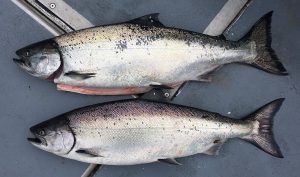
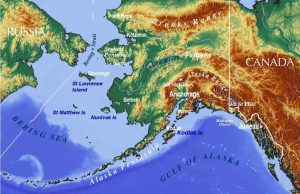
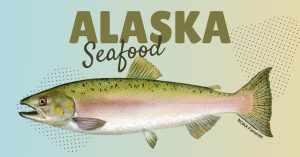 On Tuesday February 14th, 2024, the Alaska Seafood Marketing Institute (ASMI) announced that the U.S. Department of Agriculture (USDA) will make a significant purchase of Alaska salmon and pollock in support of food and nutrition initiatives.
On Tuesday February 14th, 2024, the Alaska Seafood Marketing Institute (ASMI) announced that the U.S. Department of Agriculture (USDA) will make a significant purchase of Alaska salmon and pollock in support of food and nutrition initiatives.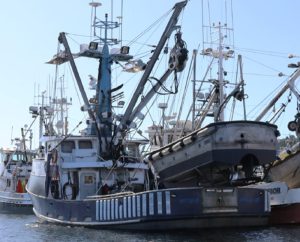
 On Wednesday, February 7th, 2024, a fire broke out at the Peter Pan Seafood facility in Sand Point, Alaska.
On Wednesday, February 7th, 2024, a fire broke out at the Peter Pan Seafood facility in Sand Point, Alaska.